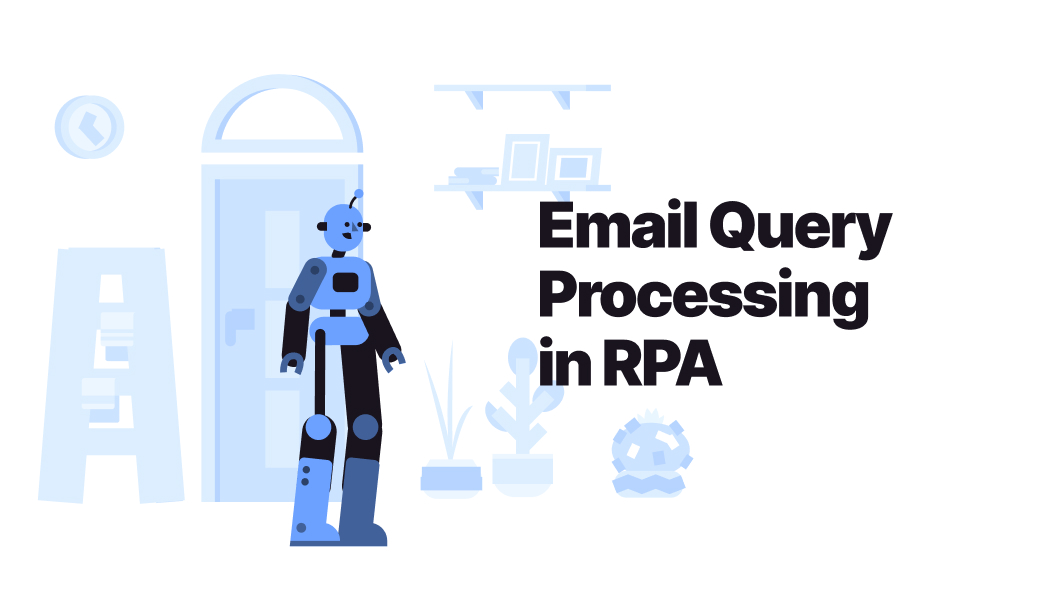93 percent of B2B marketers use email to distribute their content, according to Content Marketing Institute, 2017 and active email accounts are expected to hit 5.6 billion by 2019, according to Statista, 2018. With such numbers and huge piles of data in the pipeline, automation becomes the only suitable choice for seamless efficient service of an organization.
Here's how RPA integrates with Artificial Intelligence (AI) and Machine learning to process the incoming e-mail queries.
Extraction:
Every day emails, especially in organizations, contain a spectrum of data from multiple mediums (Internet of Things), both structured and unstructured in the form of audio, video, .pdf, and other document formats from varied sources. With the automated process, the robots undergo text recognition, speech recognition, and image recognition in this data-driven phase and information is extracted.
Mining:
After extracting information, bots with cognitive process automation and intelligent decision making, domain-specific rule engine, and language processing, mines for information, where it interacts with learning systems, produces self-learning algorithms and integrates with machine learning and artificial intelligence. It also undergoes automatic pattern recognition with deep learning techniques. It also analyzes the gaps in support desk processes, resulting in its optimization.
Report generation and distribution is so far the best solution to handle loads of data. Upon certain rule-based conditions, it also prints the emails with attachments, though we are traveling towards the digital paperless economy.
Anonymous Application:
After capturing the data, it is processed and analyzed and generates responses. Bots answer the questions, identify the languages, identify languages, interprets through natural language processing, and translates, regenerates languages, and predicts. Thus, it aids powerful computing with access anywhere and massive storage.
The bots send the information to one common mailbox-say, for example, the manager. The manager, in turn, allocates the emails to the respective employees. Once they complete the task, the employees flag that it is completed.
It thus relieves the employees of mundane tasks and customer satisfaction is the utmost priority. What usually takes 1 hour a day is reduced to 15 minutes a day, thereby, achieving process-efficiency.
